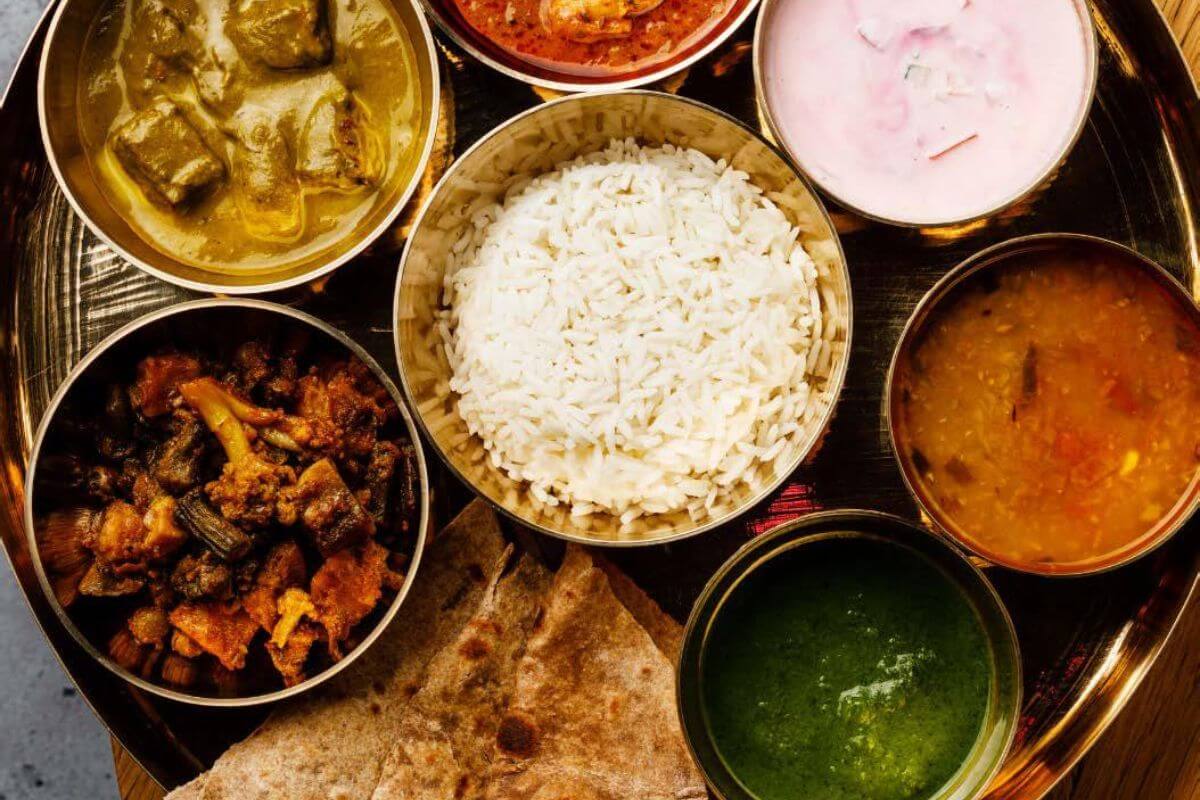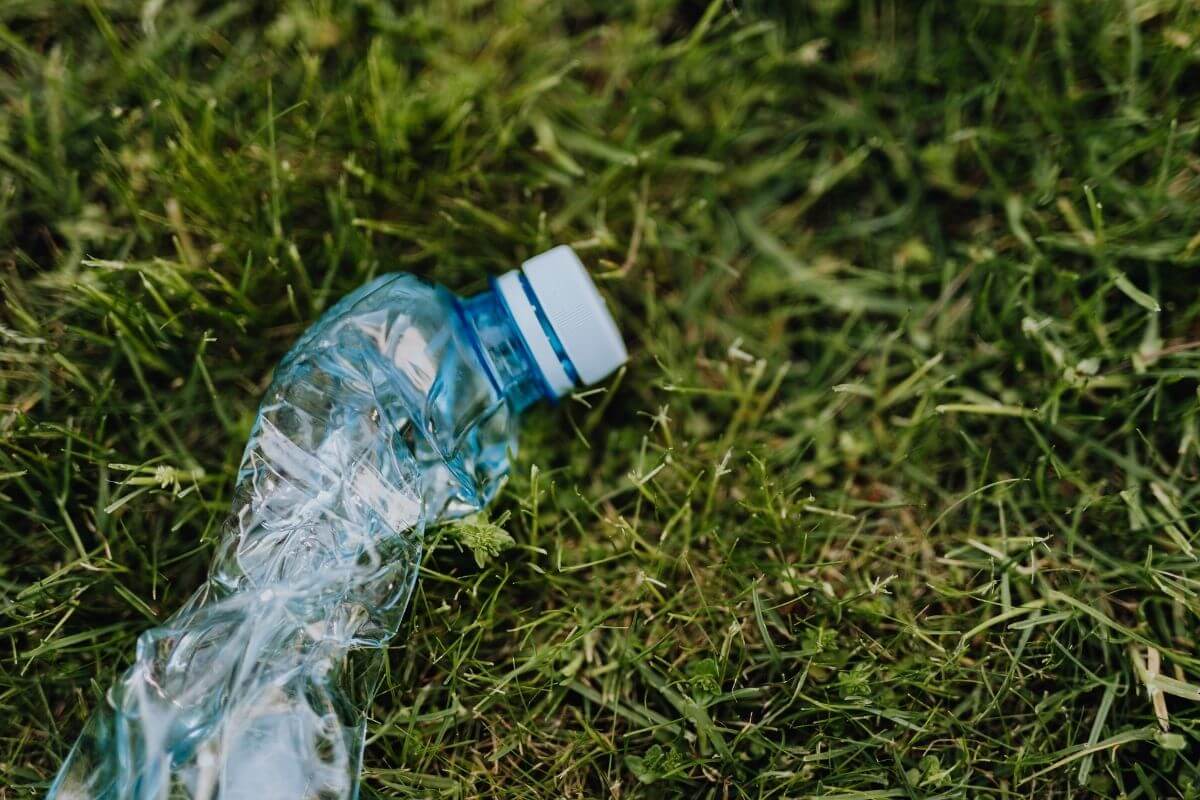For millions of Indians who enjoy paneer as a protein-rich, vegetarian staple, this is more than a quality concern—it’s a public health crisis. In this deep dive, we explore what fake paneer is, how it’s made, where it’s found, how it harms your body, and what you can do to protect your plate.
The Illusion on Your Plate
Walk into any dhaba, fast food stall, or even midrange restaurant and order a paneer dish—there’s a good chance what you’re served isn’t what you think. In 2022 alone, raids across major Indian cities including Mumbai, Delhi, and Lucknow uncovered several operations producing synthetic paneer using ingredients that have no business being in food. These included chalk powder, detergent, hydrogenated fats, and starches—all crafted to visually and texturally mimic authentic paneer.
In a shocking case from Agra in 2023, nearly 1,500 liters of synthetic milk and 300 kg of fake paneer were confiscated by local authorities. The racket had been running for over three years, distributing to hotels and caterers in bulk. Disturbingly, lab analysis revealed the samples contained no real dairy whatsoever—just a concoction of palm oil, caustic soda, and urea.
The Anatomy of Fake Paneer
So what exactly is fake paneer? Also known as “analogue paneer” or “synthetic paneer,” this imitation is typically made by combining refined oils, starch, citric acid, and food-grade chemicals to replicate the creamy texture and neutral taste of real paneer. Unlike authentic paneer, which is made by curdling milk with lemon juice or vinegar, fake paneer often skips the dairy altogether or uses synthetic milk—a blend of detergent and white pigment.
The reason this fake version has proliferated is simple: cost. Where one kilogram of real paneer might cost ₹300–₹400 to produce using fresh milk, its synthetic twin can be churned out for less than ₹120 per kilo. For small vendors, the incentive is enormous.
And most consumers wouldn’t notice—at least not right away.
Health Implications: More Than Skin Deep
While the visual and taste mimicry of fake paneer might fool your senses, your body can’t be deceived for long. Nutritionists and doctors are sounding the alarm on the potential long-term effects of these substances, many of which are unregulated and toxic in large doses.
Dr. Deepa Malik, a gastroenterologist in Delhi, notes a surge in patients with unexplained digestive issues, bloating, and chronic acidity. “A common thread we find is their frequent consumption of low-cost paneer from eateries,” she says.
Synthetic paneer often contains trans fats, linked to inflammation and cardiovascular disease. Additives like starch can spike blood sugar levels, while chalk and synthetic milk can lead to calcium imbalance, kidney stress, and even food poisoning. In 2021, a consumer report by the Centre for Science and Environment (CSE) found that nearly 25% of paneer samples collected from local markets failed basic purity tests. Alarmingly, some samples produced detergent-like residues and soap-like foam when mixed with water.
Spotting the Impostor: How to Detect Fake Paneer
If you’re wondering whether that soft white cube in your curry is genuine or a clever imposter, you’re not alone. With fake paneer becoming increasingly sophisticated, it’s essential for consumers to stay informed. Here are some easy, science-backed tests to help:
1. The Texture Test
What to do: Gently press the paneer between your fingers.
What to look for: Real paneer feels slightly grainy and moist, with a sponge-like bounce. Fake paneer feels rubbery, overly smooth, or plastic-like.
Pro Tip: Slice it with a knife. If it cuts unevenly or leaves stringy edges, that’s a red flag.
2. The Heat Test
What to do: Heat a small cube in a nonstick pan without oil.
What to look for: Real paneer browns slightly and softens. Fake paneer may shrink, harden, or release oil.
Pro Tip: Watch for foam—this could indicate detergent or emulsifiers.
3. The Iodine Starch Test
What to do: Drop iodine tincture onto a paneer sample.
What to look for: A blue, black, or purple tint means starch is present—a sign of adulteration.
Caution: Perform on a white plate under good lighting.
4. The Smell Test
What to do: Smell the raw paneer.
What to look for: Real paneer has a faint, clean dairy scent. Fake versions may smell like plastic or detergent—or nothing at all.
5. The Water Soak Test
What to do: Soak in warm water for 10–15 minutes.
What to look for: Real paneer softens and releases cloudy milk solids. Fake paneer may become rubbery or release oil/foam.
Industry Insight: The Restaurant Dilemma
Many restaurant owners knowingly or unknowingly serve fake paneer due to cost pressures or unreliable suppliers. “The margins are brutal,” says Anil Rajput, owner of a North Indian restaurant in Pune. “We try to use the best ingredients, but when your competitor sells the same dish at half the price, quality often loses.”
High-end restaurants may source from reputable dairies, but budget establishments face a tough balancing act between cost and authenticity.
The Regulatory Landscape: Laws vs. Loopholes
The Food Safety and Standards Authority of India (FSSAI) mandates that all dairy products meet specific standards, including minimum fat and protein content. It also requires non-dairy substitutes to be labeled as “analogue dairy products”—a rule often flouted.
While FSSAI launched a nationwide campaign in 2023 urging state agencies to conduct surprise checks, enforcement remains patchy. “We need stricter monitoring, real-time testing, and accessible consumer helplines,” says food safety activist Gaurav Mishra.
A Cultural Crisis
India’s relationship with paneer runs deep. It features in wedding feasts, religious offerings, and daily meals. The infiltration of fake paneer isn’t just a health concern—it’s a betrayal of culinary heritage. Families unknowingly serving adulterated food to elders and children face generational harm.
Call to Action: What Can You Do?
Buy Local, Not Bulk: Prefer local dairies over mass-produced packets.
Ask Restaurants: Inquire about their paneer source—it sends a message.
Educate Staff & Family: Share detection methods with those who cook.
Support Clean Labels: Demand transparency and certified ingredients.
Report Violations: Use the FSSAI’s Food Safety Connect App to anonymously report suspected adulteration.
The Truth on the Table
In a country that prides itself on spiritual purity and culinary tradition, fake paneer is a dangerous contradiction. It undermines trust, threatens health, and cheapens a cherished staple. But it doesn’t have to continue.
Awareness is the first step.
Next time you savor a paneer tikka or malai kofta, ask yourself: Is this paneer… or pretend?
Bonus Tip: Make paneer at home—it’s easy, uses just milk and lemon juice, and guarantees purity on your plate.
Note: All information is based on verified reports, government guidelines, media investigations, and data available as of April 30, 2025. For the latest regulations, visit www.fssai.gov.in.









